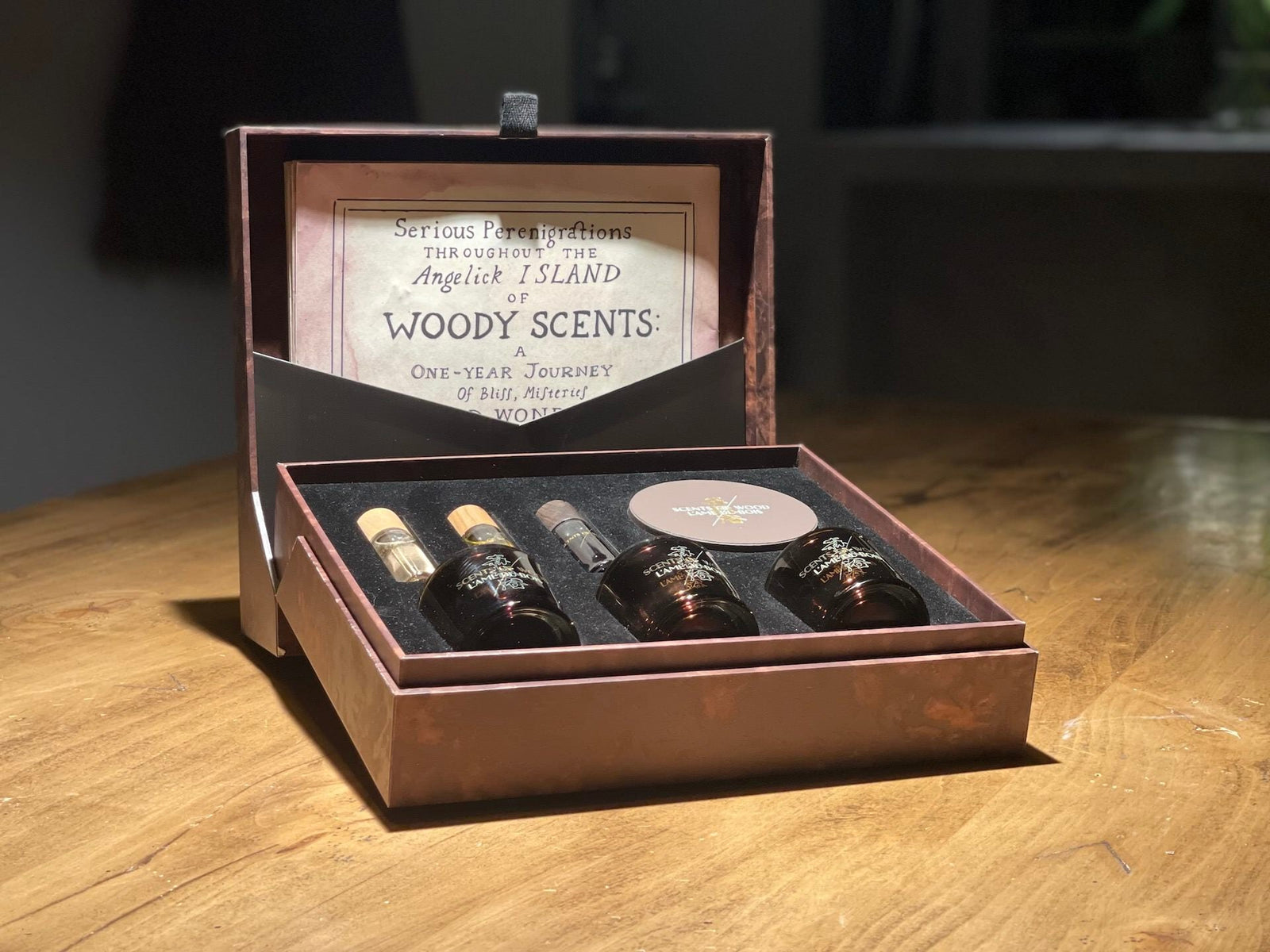Your Cart is Empty

A vital component of Scents of Wood is our dedication to expanding the craft of perfumery using a technique that few have dared to try themselves. Our process for creating our fragrances involves an additional stage of barrel-aging to lend a unique edge to every one of our fragrances.
Fundamentally, almost all fragrances use organic alcohol as a foundational substance. It’s easy to see why, as organic alcohol can easily take on the aromatic quality of the additional scent's notes and can evaporate quickly when applied, leaving the desired scents behind.
Organic alcohol also allows us to introduce a whole new layer to our scents as well, where we apply the knowledge of barrel-aging that’s been used in the whiskey, bourbon, and wine industry to full effect.
Central to that are the barrels themselves, with each one having its own characteristics and quirks. So, in today’s blog, we’ll be taking a look at each of the major barrel types we use and what makes each one unique.
Read on!
A favorite of the wine industry, French Oak barrels are vital components for most European wineries and will even find additional use in the creation of Scottish and Irish whiskies.
French oak barrels are traditionally made using white oak trees grown in, you guessed it, - France. French white oak is tight-grained wood that is argued to be far better at imparting more subtle flavors than most other woods, making it ideal for creating masterwork wines and spirits.
Similarly, French oak barrels are known to impart an element of creaminess to the beverages they store during the aging process, something considered vital for certain varieties of red and white wine, particularly chardonnay. Furthermore, the added subtleties of french oak often impart a level of rich spiciness to the finished product.
French Oak barrels are used when creating the fragrances where we want those creamy, subtle textures to come through; such as ourEbony in Oak andOud in Oak fragrances.
While French oak may have a tighter grain, American Oak is denser. This added density provides American oak barrels with a host of different qualities, often imparting a far stronger flavor to the wines stored inside. For wines with a more fruity flavor profile, American Oak is often considered a better pick and is popular with many American wineries for this very reason.
Furthermore, American Oak introduces a ruggedness through its added density as well, making it ideal for American bourbon distilleries where more robust flavors are often considered the most desirable. A lot of this comes down to the added vanilla-esque sweetness that American oak provides during the barrel-aging process, which further enhances the spiciness of certain heart notes - such as cedar and ginger.
For our fragrances, we use American oak barrels when creating the scents we believe should have the most punch to them. OurCedar in Oak andLeather in Bourbon fragrances are especially good examples of this, with both aromas having robust, spicy profiles that take full advantage of the American oak barrels' added sweetness.
That’s it for today’s blog, be sure to check back in the week as we delve deeper into the exciting world of luxury barrel-aged scents for the home and personal use.